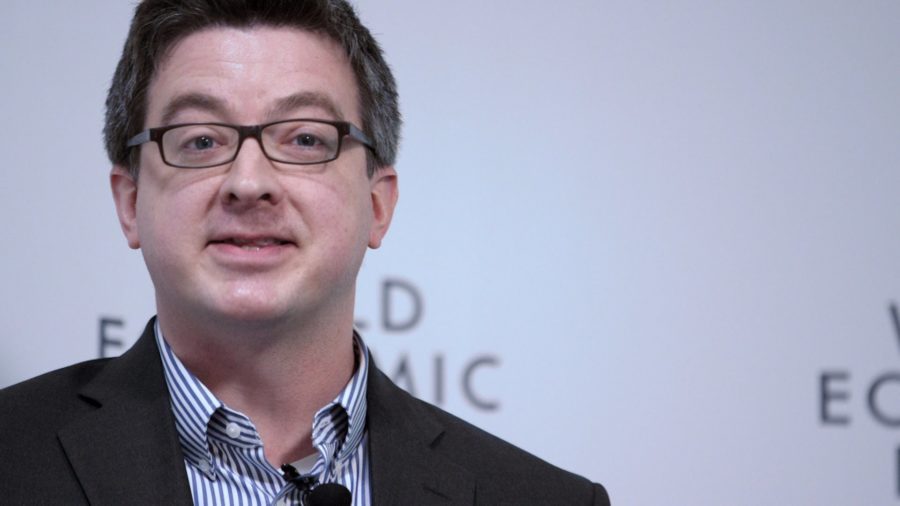David Cox: Okay so I’m here today to tell you about an exciting frontier at the intersection of neuroscience and computer science. Now, I suspect that when many of you think about neuroscience, the first things that come to mind are medical applications: mental disorders, pharmaceuticals. But what I’m going to try and argue today is that the stakes are much greater in the year 2015.

So neuroscience is the study of the brain as mechanism. And throughout history we’ve sought to rationalize and understand the brain and the mind in terms of our current technology. So, in the era of Decartes, we used hydraulic analogies: animating fluids that would move the body. In the era of Freud, steam: pressure building up in the psyche. In the era of radio, we started to talk about channels and communication.
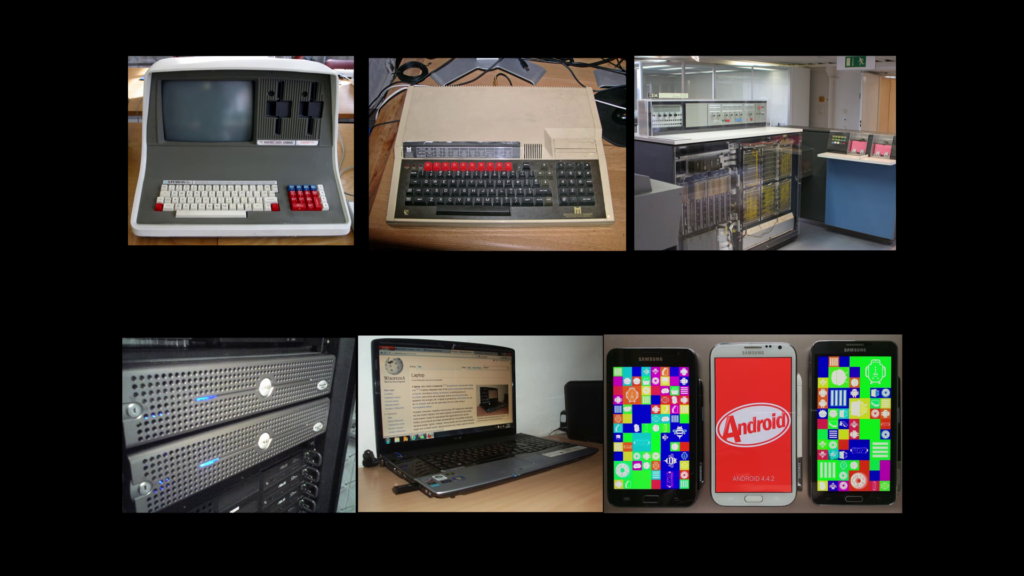
Now, in the era of the computer we’re surrounded by computers, so it’s natural for us to use the metaphor of the computer. So we talk about networks in the brain. We talk about computations performed by neuronal circuits. But the difference is that this isn’t just a metaphor. And that’s because computer science gives us formal mathematical tools for reasoning about information processing systems.
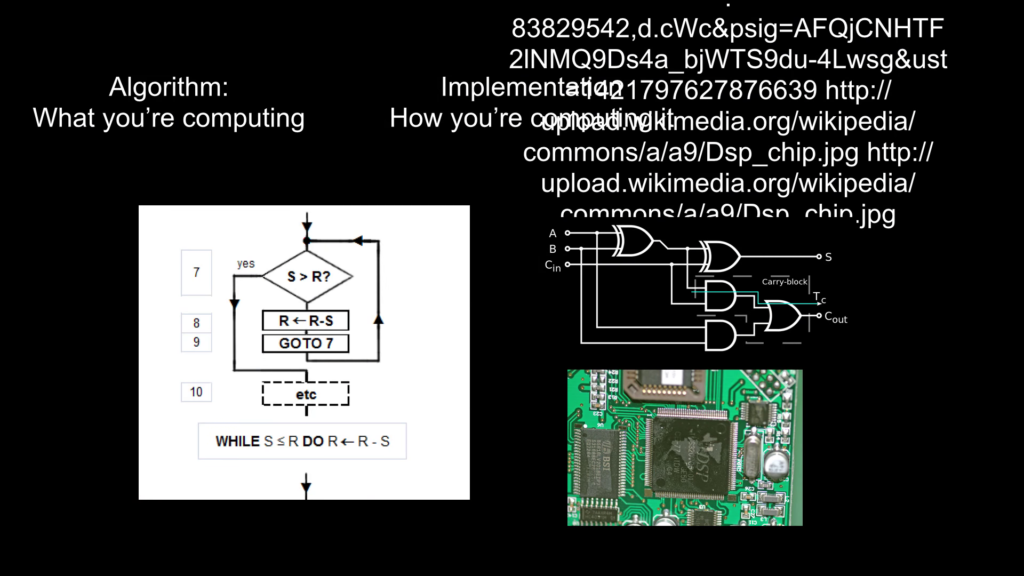
So we have in computer science a notion of the separation of an algorithm, which is what you’re computing, from the implementation, which is how you’re computing it. So the same equivalence that lets us write code for a supercomputer and for a cell phone also lets us contemplate writing software for very different kinds of hardware, in particular biological hardware. And seen through this lens, the brain is an amazingly fascinating and complex computer. So there’s on the order of 100 billion neurons in the brain, and on the order of 100 trillion connections in between them called synapses. And the amazing thing about the brain is it can do all kinds of things that computers for all of their sophistication are bad at.
But the problem isn’t that we lack the computational power. Increasingly, we have enormous computational resources available to us on this planet. The NSA has a zettabyte of storage in Utah. Google has countless data centers that crunch millions of hours of video every day. Sheer computational power isn’t the problem, the problem is that we don’t know the algorithms. We don’t know the software of the brain.

Google Acquires Artificial Intelligence Startup DeepMind For More Than $500M;
NYU “Deep Learning” Professor LeCun Will Head Facebook’s New Artificial Intelligence Lab;
Twitter Acquires Image Search Startup Madbits;
Ex-Google Brain head Andrew Ng to lead Baidu’s artificial intelligence drive
But it turns out that already, labs around the world including my own lab have started building algorithms that are inspired by the brain and it turns out these are tremendously economically valuable, even though they’re very primitive. So, private industry in the last two years alone has poured billions of dollars into studying biologically-inspired computing.
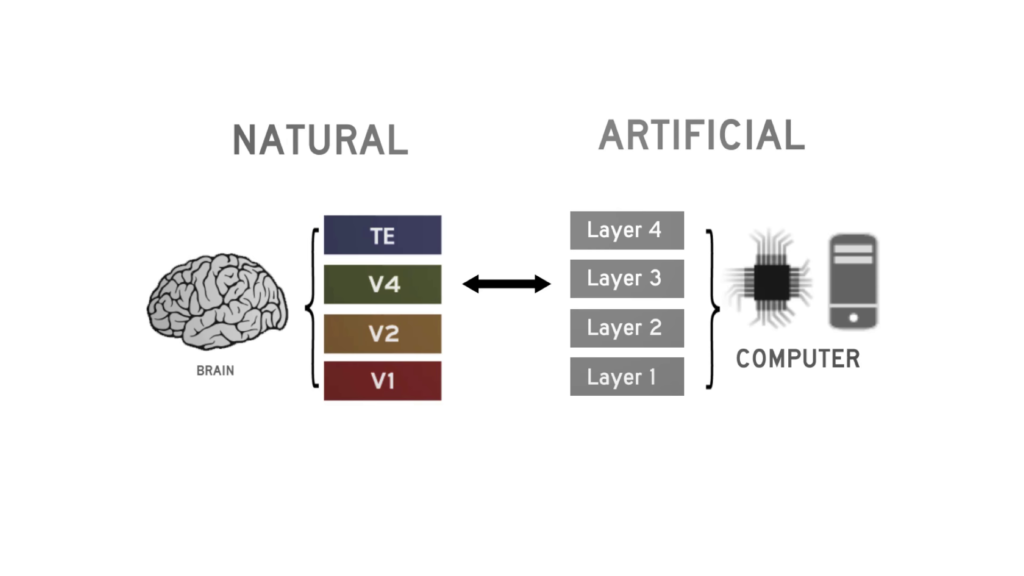
But we’re very far from actually still matching the power of the brain. And to go that next step, what I argue is that we need to actually go back to the brain, and reverse engineer the brain, to figure out those pieces of those algorithms, of that software and that hardware that we’re missing. So we have to study the natural system and then build artificial systems that work the same way.
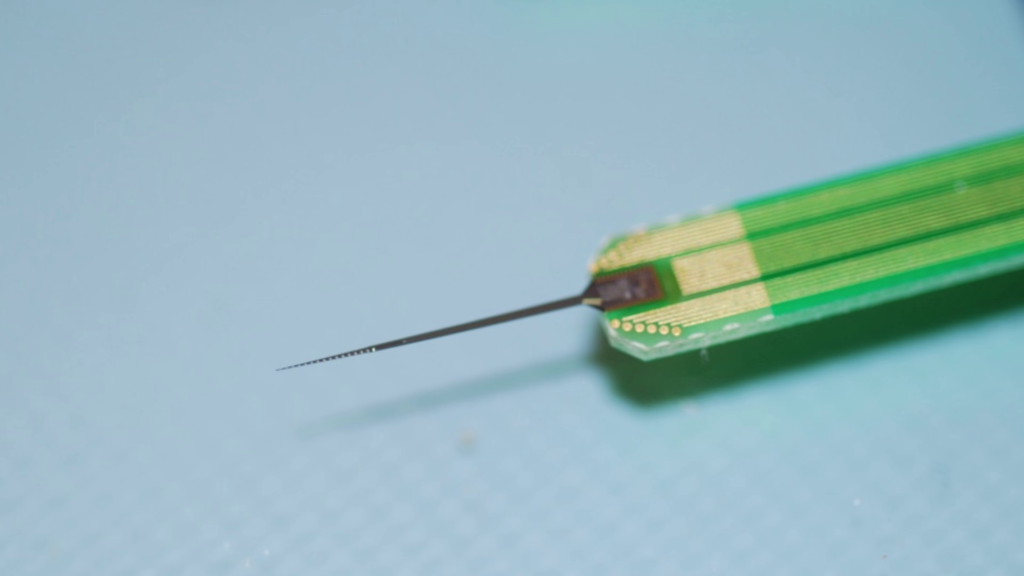
And it turns out that in 2015 there’s never been a better time to study the brain. So we have advanced physiological tools. So this is basically wiretapping the brain. So, driven by silicon micromachining and nanofabrication technologies, we can now put hundreds to thousands of electrodes in the brain, literally wiretapping the activity of cells.
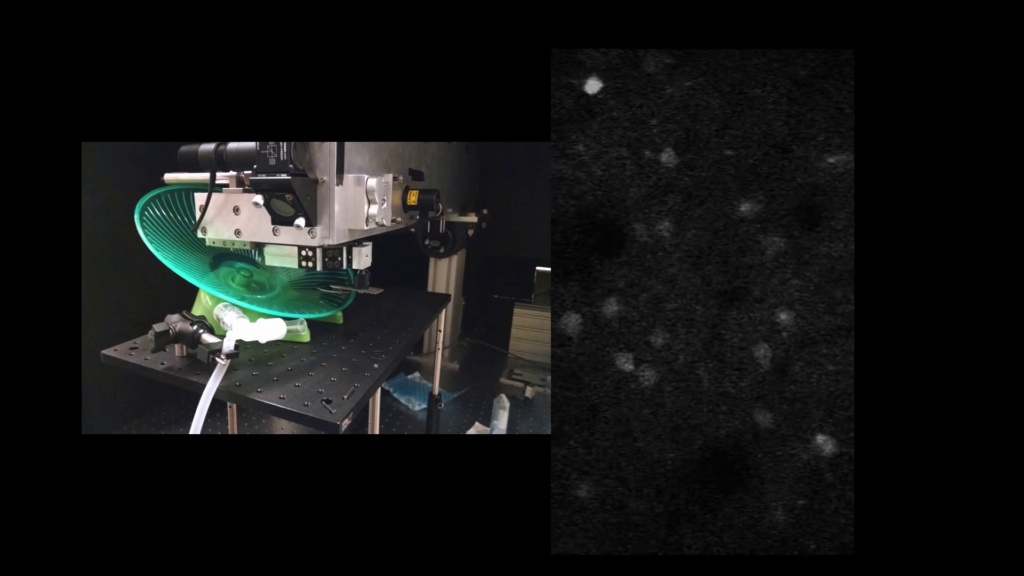
And then there’s also been a renaissance in imaging. So we can insert genes for fluorescent proteins that make neurons glow when they’re active. And this lets us literally watch a thought in a living brain. So right now you’re watching over on the right, a rat experiencing a three-dimensional object, and you can see the cells lining up in real time.
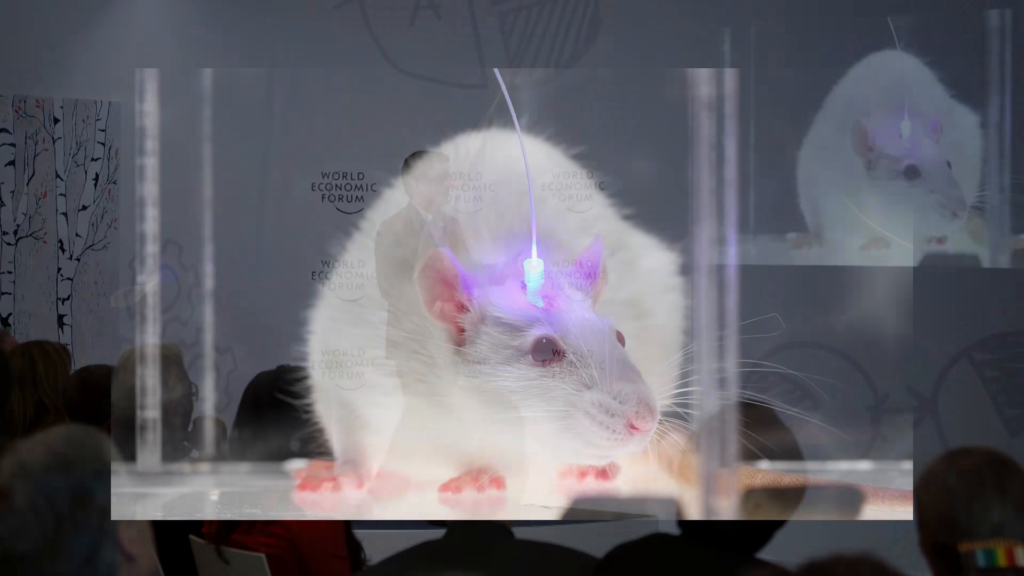
Likewise, we also now have genetic tools for manipulating, not just recording but manipulating the activity of circuits in the brain. So we can perturb them and see how they work. So this is a picture that was taken by Feng Zhang, a colleague at MIT. And basically what this lets you do is you shine light on the cells and they either turn on or turn off. So literally we control neuronal circuits at the flip of a light switch.
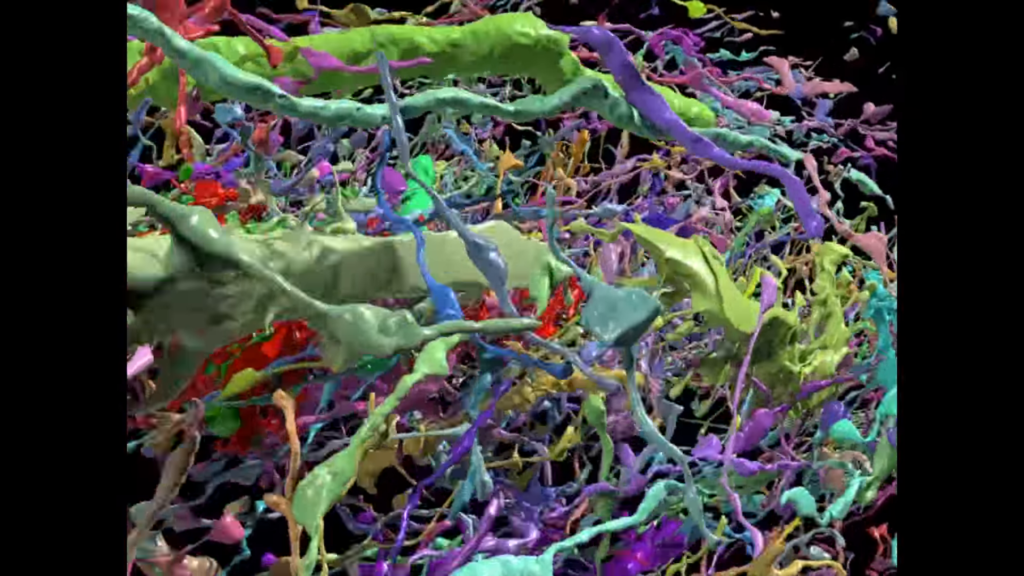
And then more recently and sort of on the more speculative cutting edge, we also have this new technology, or new frontier called connectomics, where we can thinly slice the brain and then actually trace out the wiring diagram across many many slices. So this was an image created by a colleague down the hall from me, Jeff Lichtman at Harvard. And what this lets us do, this is just one small piece of the brain that’s been reconstructed. But you could imagine that the entire wiring diagram is an enormous corpus of data.
So, we can now begin to contemplate having the function of the brain, the behavior, being able to perturb its activity, and then also having the wiring diagram.
Now, the stakes of this can’t be underestimated. So one obvious thing is that there are many disorders, diseases, that we can contemplate approaching once we understand the software of the brain. So, many diseases don’t have a genetic or anatomical smoking gun; they seem to be errors in the software of the brain. And if we understand the software of the brain, we can start to think about how we might start to correct some of these problems.
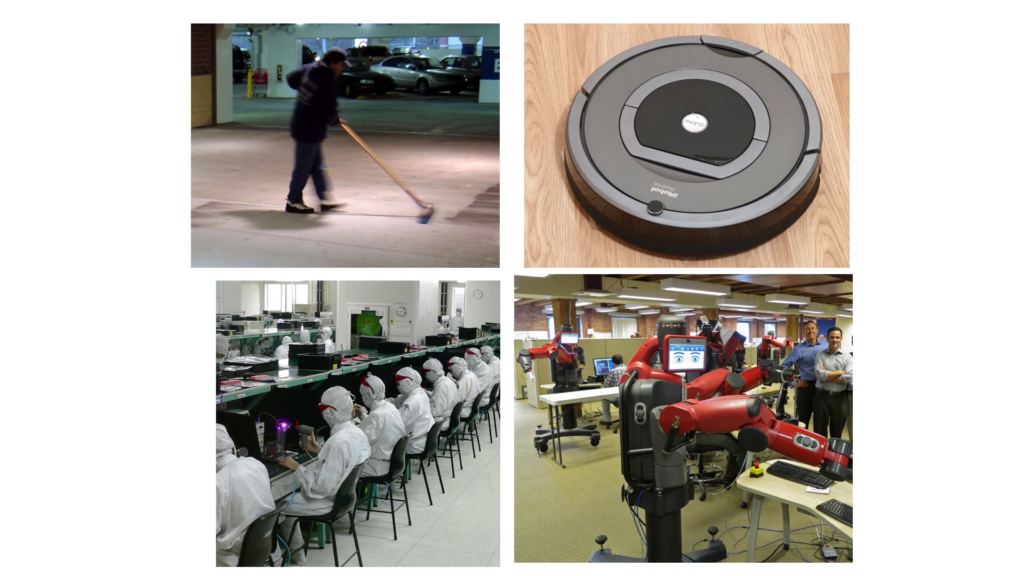
But even beyond that, we can imagine a world where if we can recreate the abilities of the brain, we can start having machines do things for us. So drive our cars. We can have machines that can diagnose our medical images. We can have machines that free us from labor. If you think about many of the jobs in the world that basically require a working brain, these are things we can start to replace and augment with machines.
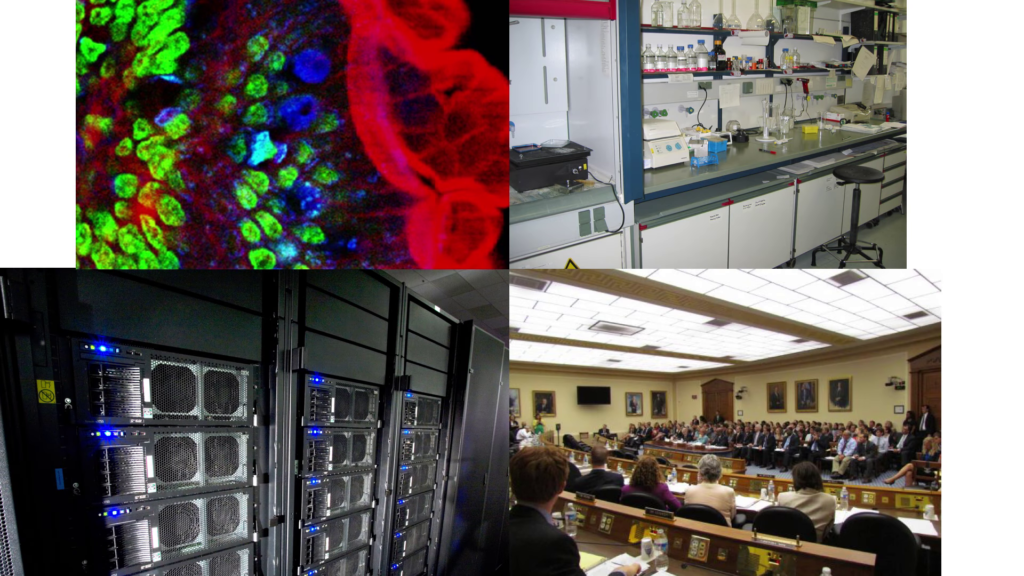
Now this is going to be an enormous, multidisciplinary effort. It’s going to take biologists, computer scientists, neuroscientists, chemists. It will also take ethicists, it will take policymakers, for us to really navigate this new frontier of possibilities that neuroscience and computer science make possible. Thank you.
